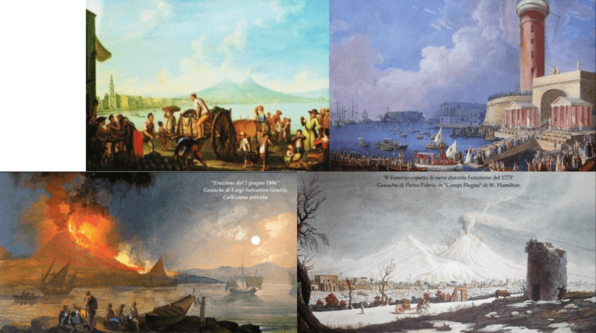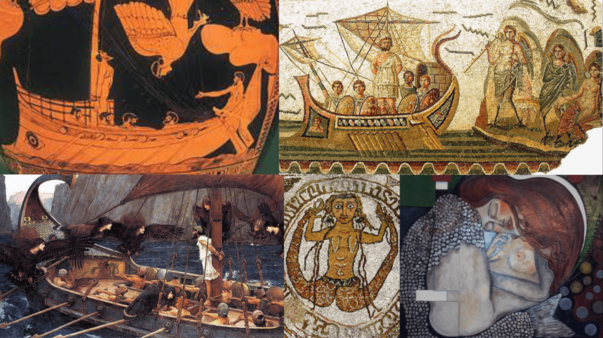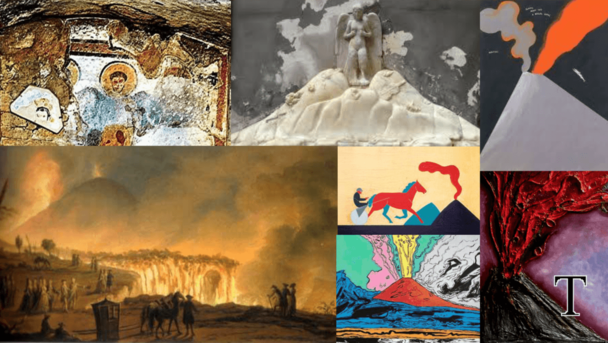Neapolitan Nativity scene (the crib)
The Neapolitan nativity scene is a depiction of the birth of Jesus traditionally set in Naples, in the eighteenth-century Naples . Famous in Naples, in fact, is San Gregorio Armeno, the street of the cribs that offers all the local handicrafts to realize a nativity scene. In addition, there are numerous museums (such as the San Martino Museum or the Royal Palace of Caserta ) where are exposed historical masterpiece.
Maybe this tradition originated from a temple dedicated to Ceres at San Gregorio Armeno: citizens offered as a votive gift small characters in terracotta, bought in the workshops in the street. In the first two decades of the seventeenth century , the Baroque was born. The terracotta characters were replaced by wooden mannequins, whit their cloths. [...]







